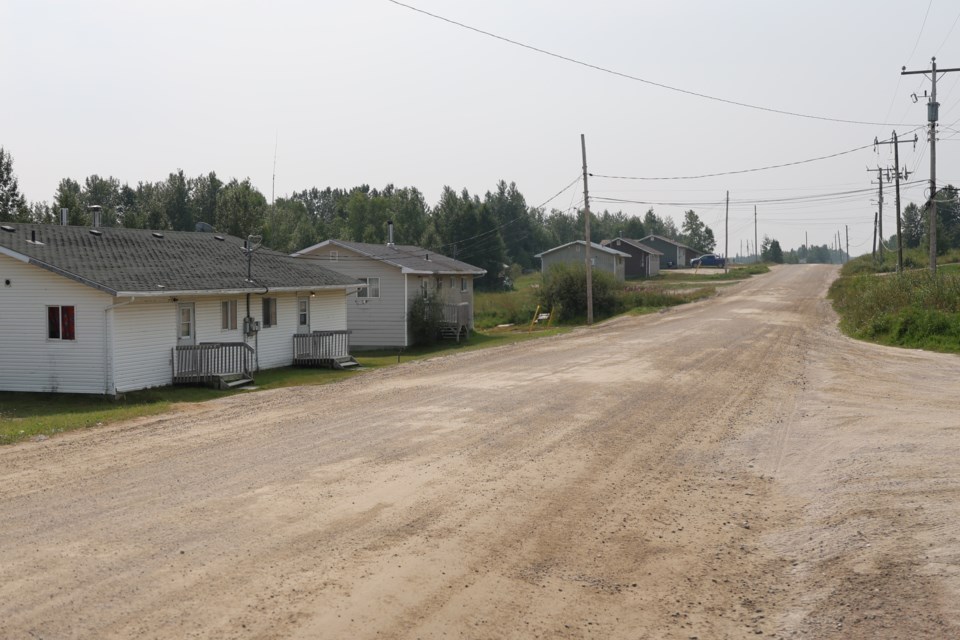WEBEQUIE — A northern Ontario First Nation’s chief says more housing and the infrastructure to support it are crucial as his community’s population continues to grow.
Webequie Chief Cornelius Wabasse told Newswatch, ideally, they’d be able to build 30 new homes this year, but realistically, that number will be closer to five.
“We need them immediately,” Wabasse said of more homes. “I mean, we get daily calls from our members saying that ‘I need a house, I'm getting tired of living in this overcrowded house.’”
In some cases, multiple families live under the same roof, he said.
“That's why we're trying to use our existing lots here in the community so we can try to accommodate them as soon as we can, rather than waiting for funding to extend our water and sewer lines and hydro lines,” he said.
The First Nation’s plan is to increase housing density by putting multi-unit homes on existing single lots, when possible, said Wabasse. That’s to reduce the need to further extend infrastructure like power lines, domestic water and sewer service.
“We did an assessment on our housing situation and we identified which houses would be demolished so that we can put new housing into that place,” he said. “So, that's how we've been doing (it) — it's been demolishing this unit, putting a new unit or putting a duplex or even a triplex or a four-plex.”
There's also a newer housing development area closer to the community's airport.
Wabasse said the need for housing is constant.
“We have a plan this year to accommodate this number of families but then other families start to emerge and then it goes back to the same number again,” he said.
“We're not able to keep up.”
Wabasse said it can cost $500,000 to $600,000 to build a new home in the north.
The community’s existing diesel generators are near capacity, Wabasse said, and lift stations will be required to extend water infrastructure, which partially necessitates the phased approach to constructing new homes. He said some upgrades were done recently on their power station to get them to where they are now, but that followed a period of being stuck at capacity.
“We were under restrictions not to build more houses because we didn't have enough power to power them,” he said, adding that further expansion to the power station’s capacity will be needed.
"Before we build houses, we need to make sure that we have that capacity, so we need to make sure that there's power and also water pressure for those units."
Wabasse said expanding housing is a slow process, adding that they’ve been working with multiple levels of government, as well as organizations like the Canada Mortgage and Housing Corporation.
